
To Szabadka.
And that the atmosphere of the city has never been different, is well attested by some randomly picked articles from the most important local newspaper, the Bácsmegyei Napló – the first workplace of the great Hungarian authors Dezső Kosztolányi, Géza Csáth, Ervin Szabó – from exactly a century ago.
Bácsmegyei Napló, 5 November 1912
From Shanghai to Szabadka
Three little Chinese
Yesterday three young Chinese people arrived to Szabadka. Three of those young people who nowadays come by tens of thousands from China and Japan, overflowing the cities of Europe, and selling small sculptures and fancy goods everywhere. In the meantime they observe the habits of the Europeans, get acquainted with their culture, learn a number of European languages, and then they go home to turn their experiences to profit.
Their job only apparently serves for their livelihood. Their main objective is to learn.
The three Chinese peddlers, as soon as they arrived, were taken by a policeman to the ambulance, where they got disinfected, as they arrived from a region threatened by cholera. The ambulance was unable to speak to them without an interpreter, so they asked our correspondent to talk to them and find out their identity.
Our correspondent talked to them in German. One of them said they knew German, but only a little – however, they speak much better in English.
Then they tell that they came from Shanghai. Their names are Lin Chi King, Tson Hong-Yen and Von-Ami Tü. They want to spend two days in Szabadka, and to sell figurines. Until now they were in Berlin, that’s where they have learned some German.
On the way here they heard that in China there was a revolution. They are very happy, and they are confident in the success of the revolultion. They want their country to become as strong as it is crowded. They tell that they have to suffer a lot, because the dynasty and the mandarins tyrannize over them. – That’s why the Chinese are so poor.
Then, replying to our question, they tell us to be very angry with the Japanese, because those are a stronger and more educated nation, which hurts them a lot. They love their country very much, and when they pronounce the name of their native city, Shanghai, their eyes brighten up. They want to travel throughout all Europe, and then will return to Shanghai.
After the conversation the ambulance disinfected the three Chinese, and led them to a cheap hostel. This evening they already go around the coffee houses and public places with their tiny idol gods. Then they will go from here to new cities and countries. – Years go by until the Heavenly Kingdom would see again his little sons, who by then will be richer in gold and in valuable experiences. In the new, reformed China they will perhaps take better use of their knowledge than of their gold.
Bácsmegyei Napló, 4 January 1912
A Native American seminarist in Szabadka
From our correspondent. Szabadka, 3 January
Yesterday afternoon an interesting young man walked about the streets of Szabadka. His clothing was the blue cassock of the Catholic seminarists, so he was not conspicuous to anybody.
This seminarist is a red-skinned Native Indian from America.
He is called Philip Gordon, and came from the state of Minnesota in Northern America. His grandfather may have hunted for scalps, his father was perhaps still a nomad roaming the endless American plains, and the son will probably become a bishop.
Philip Gordon was baptized, and took a liking to the priestly career. Now he sailed across the ocean to the Old World, and will go to Innsbruck to learn theology.
He got to Szabadka by having got acquainted with a seminarist from the village of Bajmok, Ernő Rickert, and he invited him now to us.
The Native American speaks in English, French and some German as well.
Whatever he has hitherto seen from Hungary was very pleasant to him, and he feels quite well here.
Philip Gordon remains in Bajmok only a few days, and then he goes to Innsbruck. And a few years later he will spread Christianity among his red-skinned siblings.
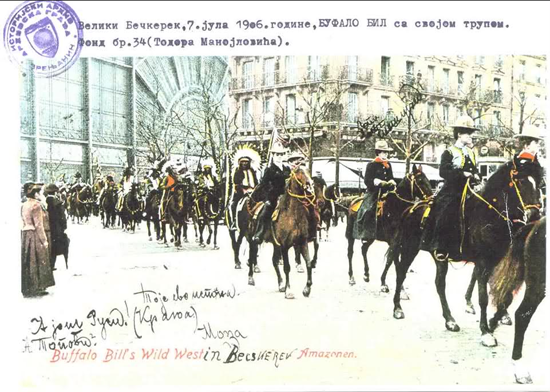 Not Szabadka, but a similarly bizarre nearby Hungarian town in Vojvodina: Buffalo Bill and his Native Americans in Nagybecskerek (Zrenjanin) in 1906. On Nagybecskerek, that is, New Barcelona, see our earlier post.
Not Szabadka, but a similarly bizarre nearby Hungarian town in Vojvodina: Buffalo Bill and his Native Americans in Nagybecskerek (Zrenjanin) in 1906. On Nagybecskerek, that is, New Barcelona, see our earlier post.Bácsmegyei Napló, 18 November 1911
Russian secrets
A Russian teacher collects money for the arrested Russian revolutionaries
From our correspondent, Szabadka, 14 November
A young, blond, well-looking girl arrived today in Szabadka. Her name is Rosa Arendartotsky. She is a university student, who came from Riga to Szabadka to raise funds for the families of imprisoned Russian socialists.
Rosa Arendartotski certifies with documents issued by the Russian and German socialists her mission, which she tries to carry out with great enthusiasm and toughness. So far she went about Serbia and Germany, everywhere raising funds for the families of the revolutionaries.
The young Russian woman is selling pencils and small items, for which everyone pays as much as his charitable inclinations dictate to him, but Arendartotski does not accept any donation without giving a remuneration for it in turn.
She only sells the pencils to people, about whom she previously learned to be either socialists or sympathizers.
Arendartotski also has a sister who travels with the same mission about France and Britain. They both are extremely intelligent women, with a blazing inner flame to break down the Tsarist autocracy. They firmly believe to have, just like every freely thinking citizen of Russia, a mission to liberate the Russian people, whose fulfillment is their sacred duty.
The two girls have been far from their homeland for six months, and their tour will take three more months. Then they return to Russia where they will continue their mission for freedom and progress.
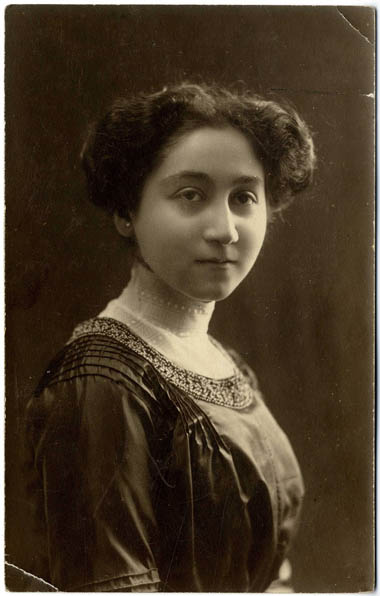
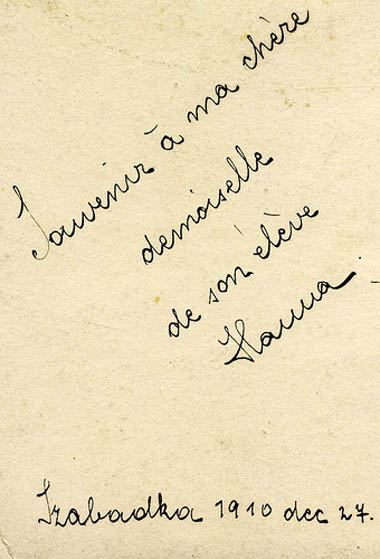
Bácsmegyei Napló, 10 November 1911
The deceitful Russian refugees
The Bácsmegyei Napló has already reported that a large number of Russian Jews peddled about the city, and begged for donations on the grounds that they were victims of the pogroms. The police collared the swindlers, about whom it turned out that they had nothing to do with the Russian events. Today arrived also the families of the swindlers, women and children, who, in the midst of an awesome hubbub, went to the police. There they required the deportation of their husbands to home, because they are confident that after that they will be able to drift back again to Hungary.
Those who personally want to experience this unlimitedness of Szabadka, should check the program Szabadka Unlimited, organized by the Hungarian Jewish Cultural Association at the weekend from 4 to 7 October. Besides a number of eminent local experts and events, I also will be there as the guide of the art nouveau architecture tours in Szabadka and its high-class hundred years old spa, Palics. Just look at the rich program: surely you cannot resist.


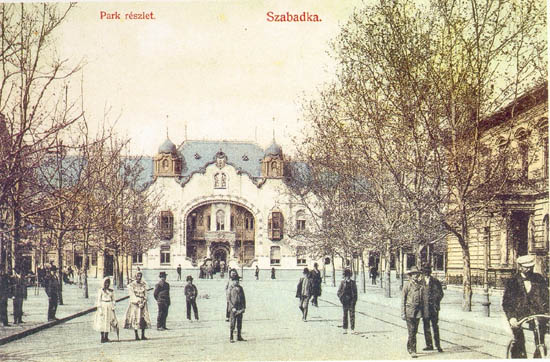
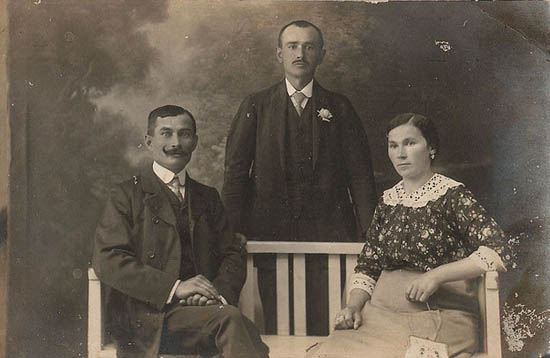
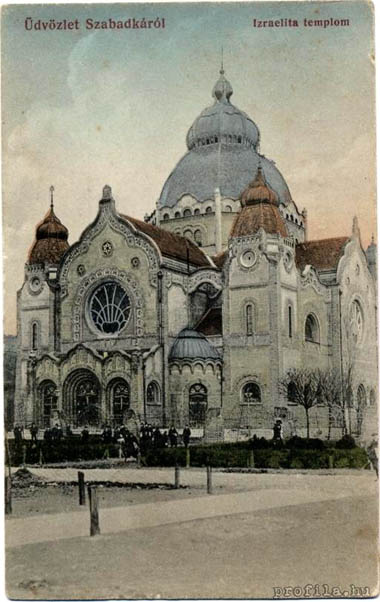

























































No hay comentarios:
Publicar un comentario